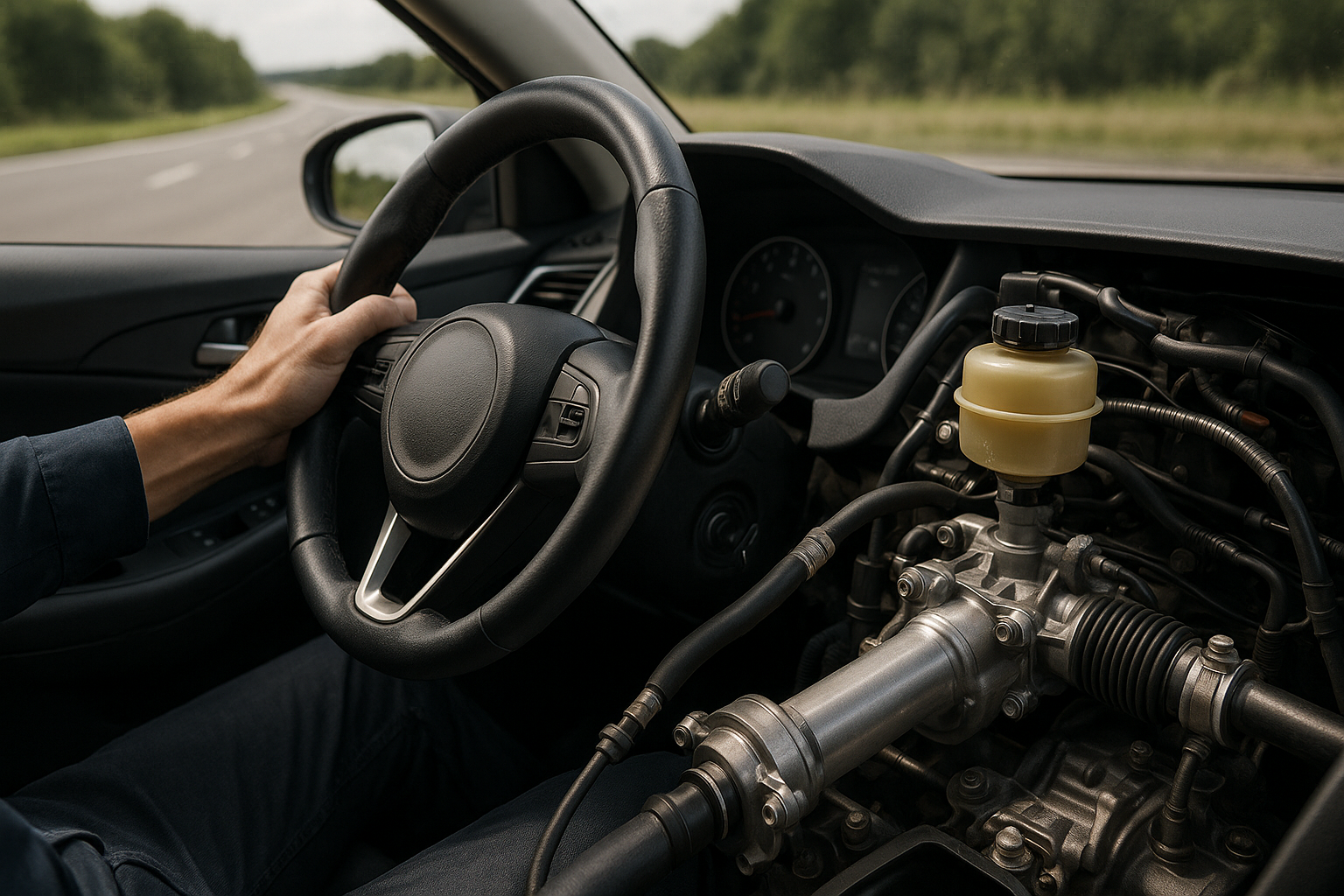Buying a Used Chevrolet Camaro: Practical Guide to Finding the Right Car
The Chevrolet Camaro remains an iconic American muscle car that attracts enthusiasts and everyday drivers alike. Whether you're drawn to its aggressive styling, powerful engine options, or the thrill of driving a performance-oriented vehicle, purchasing a used Camaro requires careful consideration. This guide walks you through essential factors to evaluate before making your purchase, from understanding different model years to assessing mechanical condition and managing long-term costs. Armed with the right information, you can confidently navigate the used car market and find a Camaro that fits your needs and budget.

The Chevrolet Camaro has evolved significantly since its introduction in 1967, offering buyers a wide range of options across multiple generations. Understanding these differences helps you identify which model aligns with your performance expectations, budget, and intended use.
What are the key differences between Camaro generations, trims, and performance options?
The Camaro has progressed through six generations, each bringing distinct design philosophies and engineering improvements. The fourth generation (1993-2002) featured a more rounded, aerodynamic design with LT1 and LS1 V8 engines. The fifth generation (2010-2015) marked a dramatic return to retro-inspired styling with modern underpinnings, offering V6, V8, and supercharged options. The sixth generation (2016-2024) introduced a lighter platform with improved handling dynamics and turbocharged four-cylinder engines alongside traditional V6 and V8 choices.
Trim levels typically range from base models with V6 engines to high-performance variants like the SS, ZL1, and track-focused models. Base trims provide adequate power for daily driving, while SS models feature V8 engines producing 400-455 horsepower depending on the year. The ZL1 represents the pinnacle of factory performance with supercharged engines exceeding 650 horsepower in recent iterations. Special editions like the 1LE package add track-oriented suspension, cooling, and aerodynamic enhancements. When evaluating trims, consider whether you prioritize fuel efficiency, straight-line acceleration, or balanced track performance.
What should you examine during a pre-purchase inspection of the engine, transmission, suspension, and body?
A thorough pre-purchase inspection protects you from costly surprises after purchase. Start with the engine bay, checking for fluid leaks around valve covers, oil pan, and rear main seal. Examine oil condition and level, looking for milky discoloration that suggests coolant contamination. Listen for unusual noises during cold starts and while the engine warms up, as ticking or knocking sounds may indicate worn lifters or more serious internal damage. Test drive the vehicle through various conditions, monitoring engine temperature and watching for warning lights.
Transmission evaluation requires attention to shift quality in both automatic and manual variants. Automatic transmissions should shift smoothly without harsh engagement or slipping between gears. Manual transmissions need assessment of clutch engagement point, pedal feel, and synchronizer condition through each gear. Grinding during shifts or difficulty engaging gears suggests worn synchros or clutch components. Suspension inspection involves checking for worn bushings, leaking shock absorbers, and uneven tire wear patterns that indicate alignment issues. Body examination should reveal any accident history through paint thickness variations, panel gaps, and signs of frame damage or improper repairs.
What are the most common problems with used Camaros and what do typical repairs cost?
Used Camaros present several recurring issues depending on generation and mileage. Fifth and sixth generation models commonly experience problems with the differential, particularly in V8-equipped cars subjected to aggressive driving. Differential rebuilds or replacements typically range from 1,500 to 3,500 dollars depending on severity and parts availability. Electrical gremlins affect various model years, including malfunctioning power windows, faulty body control modules, and intermittent sensor failures, with repair costs varying from 200 to 1,200 dollars.
Fourth generation Camaros frequently develop issues with the Optispark distributor, a notorious weak point that fails when exposed to moisture. Replacement costs generally fall between 400 and 800 dollars including labor. Transmission problems, particularly in automatic-equipped models, may require rebuilds costing 2,000 to 4,000 dollars. Suspension components wear predictably with age and mileage, with control arm bushings, sway bar links, and shock absorbers needing replacement every 60,000 to 100,000 miles at costs ranging from 500 to 1,500 dollars for comprehensive suspension refresh.
| Component/Issue | Typical Cost Range | Notes |
|---|---|---|
| Differential Repair/Replacement | 1,500 - 3,500 dollars | More common in V8 models |
| Transmission Rebuild | 2,000 - 4,000 dollars | Varies by transmission type |
| Optispark Distributor (4th Gen) | 400 - 800 dollars | Moisture-sensitive component |
| Suspension Component Refresh | 500 - 1,500 dollars | Bushings, links, shocks |
| Electrical System Repairs | 200 - 1,200 dollars | Varies by specific issue |
Prices, rates, or cost estimates mentioned in this article are based on the latest available information but may change over time. Independent research is advised before making financial decisions.
How do you properly check vehicle history, assess ownership costs, and understand insurance considerations?
Vehicle history reports from services like Carfax or AutoCheck provide essential information about previous ownership, accident history, title status, and service records. Look for clean titles without salvage, flood, or rebuilt designations. Verify the Vehicle Identification Number matches across all documentation and the vehicle itself. Multiple owners in short periods may indicate problematic vehicles, while consistent maintenance records suggest responsible ownership.
Ownership costs extend beyond the purchase price. Fuel consumption varies significantly between four-cylinder, V6, and V8 models, with performance variants averaging 16-20 miles per gallon in mixed driving. Maintenance intervals typically occur every 7,500 miles for oil changes, with additional services required at 30,000, 60,000, and 100,000-mile marks. Budget approximately 800 to 1,500 dollars annually for routine maintenance depending on mileage driven. Performance tires wear faster than standard options and cost 600 to 1,200 dollars for a complete set.
Insurance premiums for Camaros typically exceed average sedan rates due to performance classification and higher theft rates for certain models. Younger drivers face particularly steep premiums. Obtain insurance quotes before purchasing to avoid budget surprises. Comprehensive and collision coverage costs increase with vehicle value and chosen deductibles. Consider that modifications may affect insurance rates and coverage eligibility.
Where should you search for used Camaros, what pricing should you expect, and how can you negotiate effectively?
Used Camaros appear across various marketplaces including franchise dealerships, independent dealers, private sellers, and online platforms. Dealerships offer financing options and limited warranties but typically charge premium prices. Private sellers often provide better values but require more due diligence and cash transactions. Online platforms expand your search radius, allowing comparison across wider geographic areas and price ranges.
Pricing varies dramatically based on generation, mileage, condition, and trim level. Fourth generation models (1993-2002) typically range from 5,000 to 15,000 dollars depending on condition and performance level. Fifth generation Camaros (2010-2015) generally fall between 15,000 and 35,000 dollars, with SS and ZL1 variants commanding premium prices. Sixth generation models (2016-2024) start around 20,000 dollars for higher-mileage base models and exceed 45,000 dollars for recent low-mileage performance variants. Research comparable sales in your area to establish fair market values before negotiations.
Effective negotiation begins with thorough research and inspection findings. Document any issues discovered during pre-purchase inspection and obtain repair estimates to justify price reductions. Remain prepared to walk away if sellers refuse reasonable offers. Timing affects negotiation leverage, with end-of-month or year-end periods potentially motivating sellers to close deals. Cash purchases often provide additional negotiating power, though financing through banks or credit unions may offer better rates than dealer financing. Always verify all documentation, complete final inspections, and ensure clear title transfer before finalizing any purchase.
Purchasing a used Chevrolet Camaro combines passion with practicality when approached methodically. By understanding generational differences, conducting thorough inspections, anticipating common issues and repair costs, verifying vehicle history, calculating true ownership expenses, and negotiating from informed positions, you position yourself to find a Camaro that delivers driving excitement without financial regret. Take your time, remain patient, and prioritize mechanical soundness over cosmetic appeal to ensure years of enjoyable ownership.




